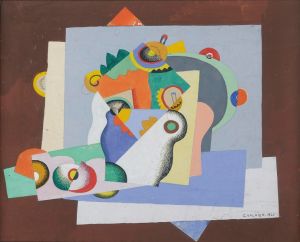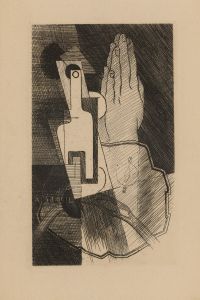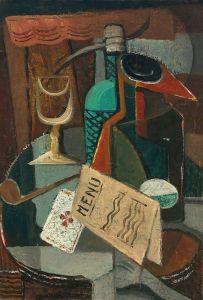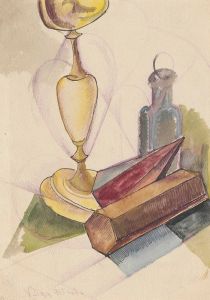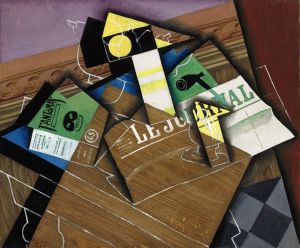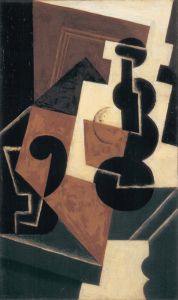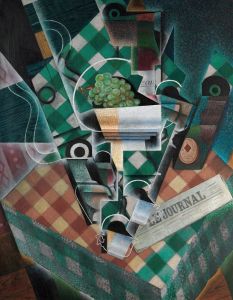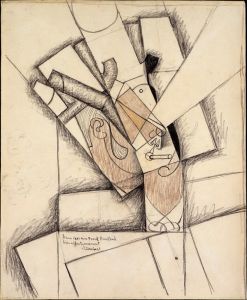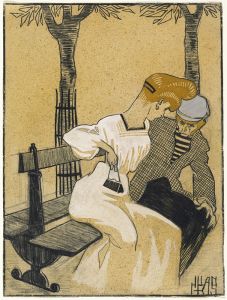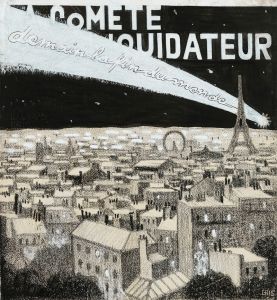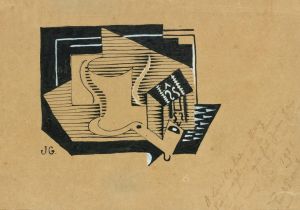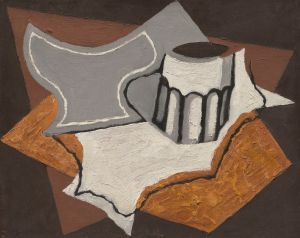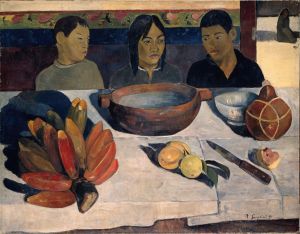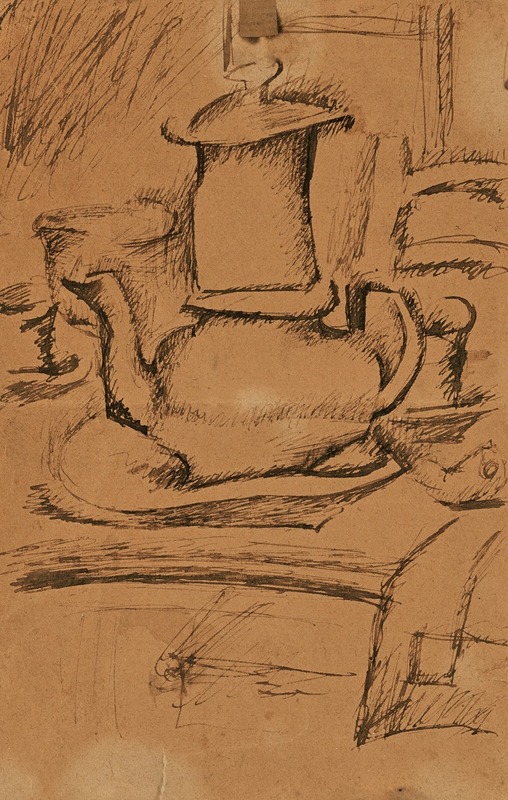
Nature morte à la cafetière
A hand-painted replica of Juan Gris’s masterpiece Nature morte à la cafetière, meticulously crafted by professional artists to capture the true essence of the original. Each piece is created with museum-quality canvas and rare mineral pigments, carefully painted by experienced artists with delicate brushstrokes and rich, layered colors to perfectly recreate the texture of the original artwork. Unlike machine-printed reproductions, this hand-painted version brings the painting to life, infused with the artist’s emotions and skill in every stroke. Whether for personal collection or home decoration, it instantly elevates the artistic atmosphere of any space.
"Nature morte à la cafetière" (Still Life with Coffee Pot) is a painting by the Spanish artist Juan Gris, a prominent figure in the Cubist movement. Gris, born in Madrid in 1887, moved to Paris in 1906, where he became associated with the avant-garde art scene and developed a close relationship with artists such as Pablo Picasso and Georges Braque, who were pioneering Cubism.
Cubism, characterized by fragmented and abstracted forms, sought to depict subjects from multiple viewpoints, challenging traditional perspectives in art. Juan Gris is often credited with bringing a unique clarity and precision to Cubism, distinguishing his work from that of his contemporaries. His approach often involved a more systematic and structured use of geometric shapes and a vibrant color palette.
"Nature morte à la cafetière" exemplifies Gris's mature Cubist style. The painting features a still life composition, a genre that Gris frequently explored. In this work, Gris arranges everyday objects such as a coffee pot, cups, and possibly other kitchenware, into a complex, interlocking composition. The objects are depicted using a series of overlapping planes and facets, which create a sense of depth and dimensionality despite the flatness of the canvas.
Gris's use of color in "Nature morte à la cafetière" is notable for its subtlety and harmony. He often employed a restrained palette, using muted tones and carefully modulated shades to enhance the sense of balance and coherence in his compositions. This approach contrasts with the more monochromatic and austere palettes often associated with early Cubism.
The painting reflects Gris's interest in the interplay between representation and abstraction. While the objects in the painting are recognizable, they are also transformed into a series of geometric shapes and patterns, inviting viewers to engage with the work on both a visual and intellectual level. This duality is a hallmark of Gris's work and contributes to his reputation as a master of Cubist still life.
"Nature morte à la cafetière" is part of Gris's broader exploration of the still life genre, which he revisited throughout his career. His works in this genre are celebrated for their meticulous composition and innovative use of form and color. Gris's contribution to Cubism and modern art is significant, as he helped to expand the possibilities of visual representation and influenced subsequent generations of artists.
Today, Juan Gris's paintings, including "Nature morte à la cafetière," are held in high regard and can be found in major art collections and museums worldwide. His work continues to be studied and appreciated for its technical skill, aesthetic beauty, and its role in the development of modern art.





